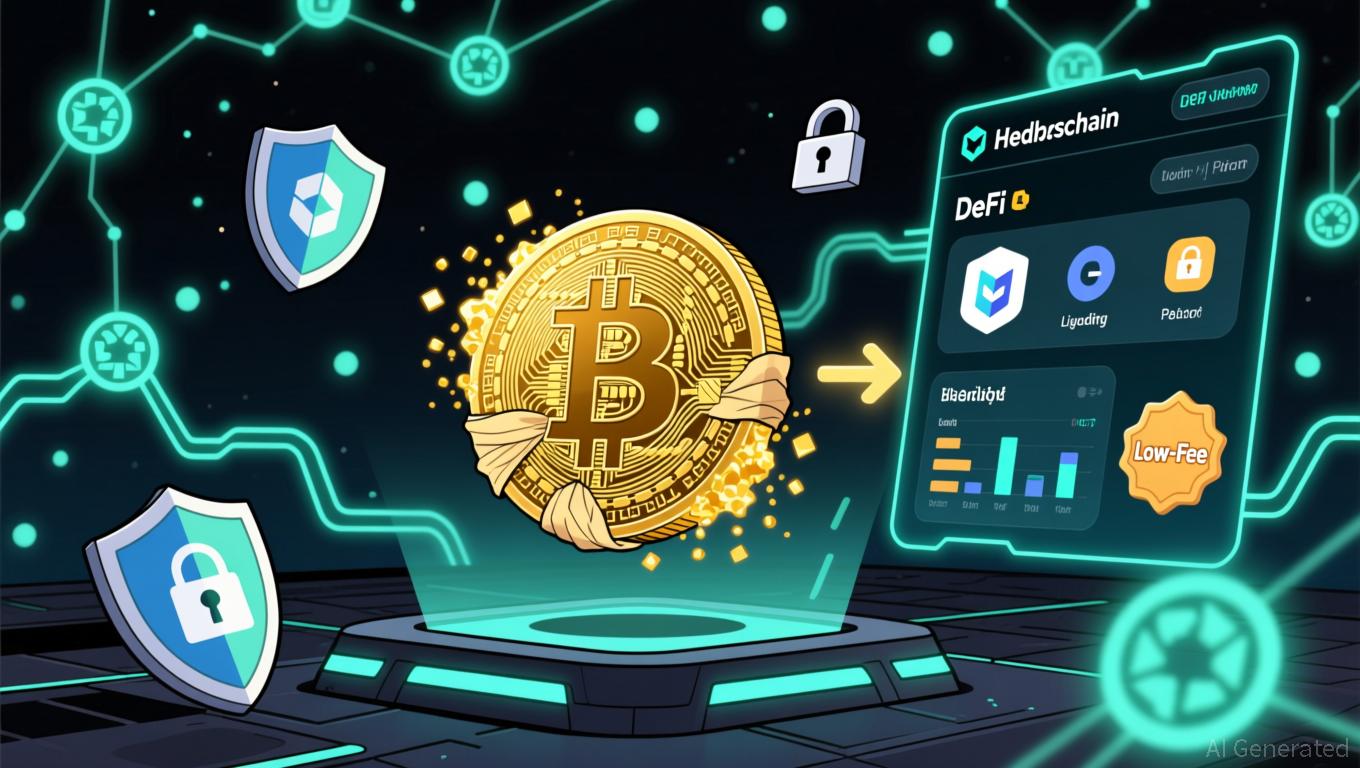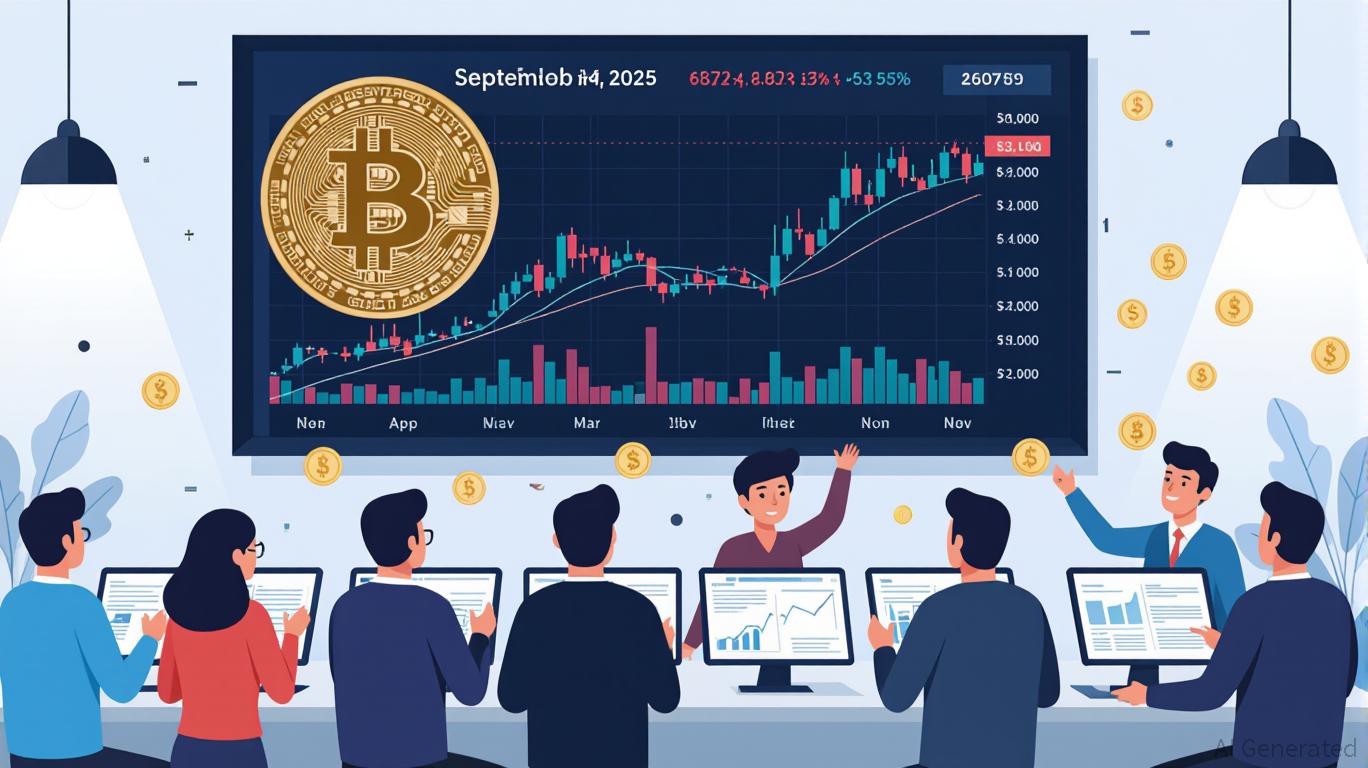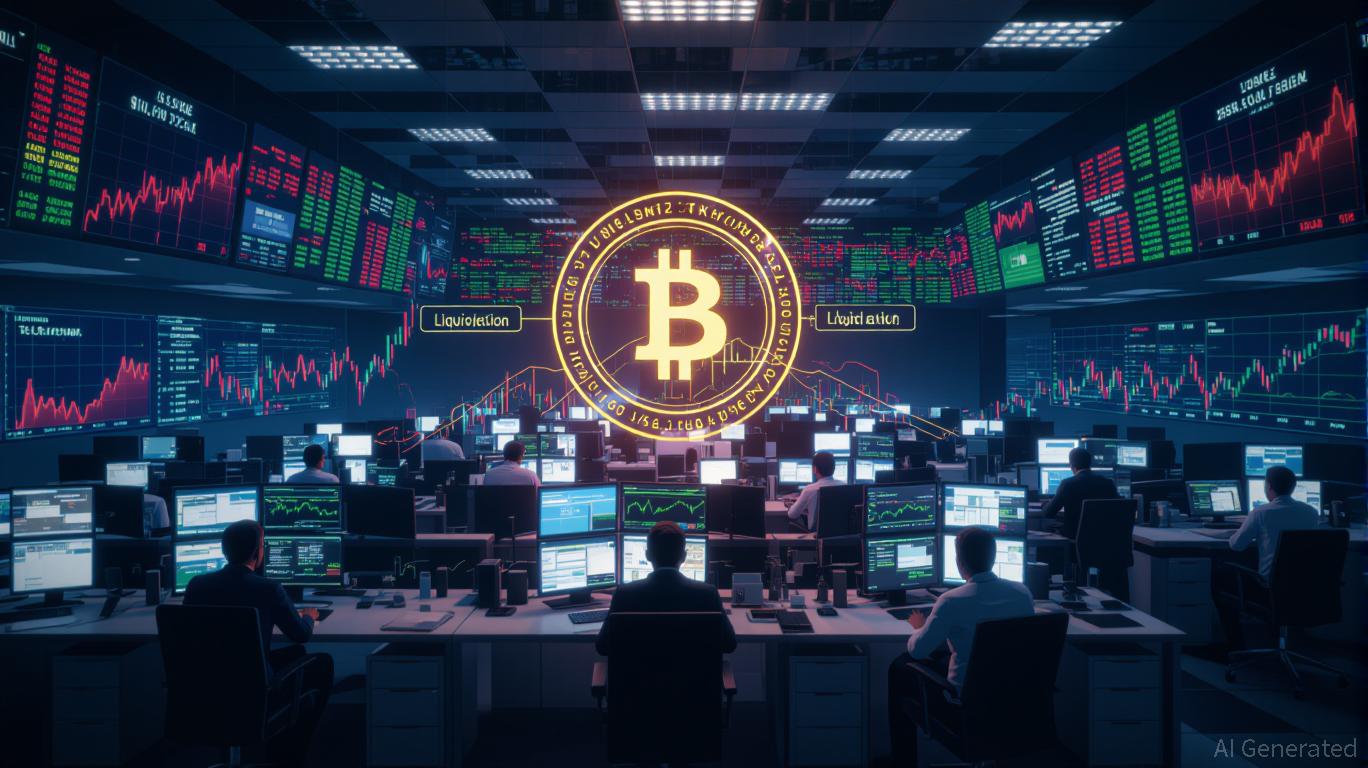Bitcoin Updates: Hedera’s Seamless DeFi Draws $113M in Bitcoin Liquidity
- Wrapped Bitcoin (WBTC) expands to Hedera network via BitGo, BiT Global, and LayerZero, enhancing DeFi liquidity for Bitcoin holders. - Hedera's conflict-free consensus mechanism and institutional infrastructure attract $113.5M TVL, with 53.4% YoY growth in DeFi activity. - HBAR token surges 88% to $0.20 in November 2025, driven by ETF inflows and partnerships with Google/Nvidia, boosting cross-chain accessibility. - Integration enables Bitcoin exposure in DeFi protocols without transferring BTC, aligning
Wrapped
With WBTC, Bitcoin owners can engage in DeFi activities while still maintaining exposure to Bitcoin’s price. By swapping BTC for WBTC on Hedera, users gain access to lending, trading, and liquidity services without moving their actual Bitcoin holdings.

Hedera stands out due to its consensus protocol, which prevents frontrunning and miner-extractable value (MEV)—issues that commonly affect other blockchains. “With canonical WBTC now available on Hedera through
This integration comes as Hedera’s ecosystem experiences renewed momentum. HBAR, Hedera’s native cryptocurrency,
BitGo highlighted the secure and transparent nature of the WBTC integration, with Chief Revenue Officer Chen Fang stating the company’s commitment to “enabling institutions and clients to confidently use Bitcoin on a high-performance, eco-friendly network”
This expansion highlights the increasing movement of Bitcoin liquidity into alternative DeFi platforms. Hedera’s TVL reached $113.5 million in the third quarter of 2025,
Disclaimer: The content of this article solely reflects the author's opinion and does not represent the platform in any capacity. This article is not intended to serve as a reference for making investment decisions.
You may also like
Trump’s Wall Street Fundraiser Sparks Renewed Debate Over Deregulation and Regulatory Oversight Following Trade Finance Crisis
- Trump dined with Wall Street leaders amid First Brands' $3B trade finance collapse, exposing non-bank lending risks and triggering calls for stricter oversight. - Jefferies faces scrutiny over $3B in tied debt as its stock fell 19%, while JPMorgan's Dimon warned of systemic gaps in non-bank lending oversight. - Trump's 50-year mortgage proposal sparked debate, with critics fearing "debt for life," while a 42-day government shutdown worsened market uncertainty. - The administration's deregulatory agenda c
Digital Identity, No Data Required: ZK Protocol Secures $9M to Champion a Privacy-Centric Tomorrow
- Self Labs raised $9M in seed funding led by Greenfield Capital and SoftBank, with participation from Web3 leaders like Sreeram Kannan and Sandeep Nailwal. - The ZK-based platform enables privacy-preserving identity verification using zero-knowledge proofs and supports 129 countries' biometric passports and India's Aadhaar system. - A points-based rewards program incentivizes on-chain verification, while integrations with Google, Aave , and Velodrome expand use cases like token distribution and age checks

Bitcoin’s Sharp Decline: Is This a Healthy Correction or an Ominous Signal?
- Bitcoin fell 10.5% in November 2025 amid a $19B derivatives crash, driven by Fed policy uncertainty and U.S.-China trade tensions. - Regulatory shifts and leveraged liquidations (1.6M traders impacted) exposed vulnerabilities in crypto's derivatives-heavy market structure. - Institutional demand persisted (e.g., JPMorgan's 64% ETF stake increase), suggesting long-term adoption despite short-term volatility. - Derivatives recovery may lag until 2026, hinging on Fed rate clarity and inflation trends, with

Bitcoin Leverage Liquidation Spike: Systemic Threats in Crypto Derivatives During Q4 2025 Market Turbulence
- Q4 2025 crypto derivatives saw $20B in liquidations as Bitcoin fell below $100,000, exposing systemic risks from extreme leverage (up to 1,001:1) and interconnected markets. - Platforms like Hyperliquid and Binance faced $500M+ losses in 24 hours due to cascading margin calls, with 78% of perpetual futures volume amplifying volatility through feedback loops. - Regulators scramble to address risks as unregulated leverage, macroeconomic pressures, and geopolitical tensions (e.g., U.S.-China trade wars) inc
